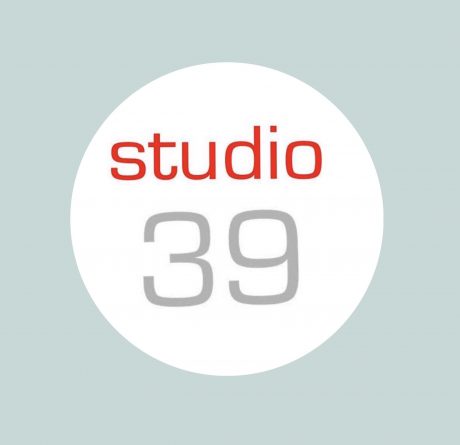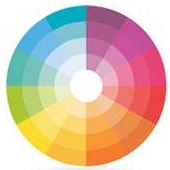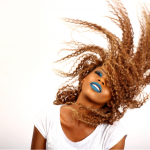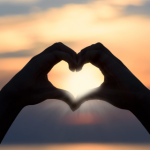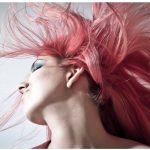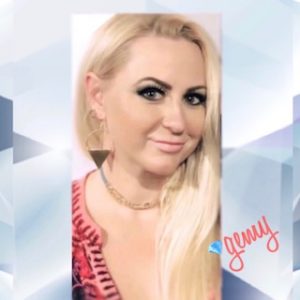A Conversation.
Natural Hair Color
I always tell staff there’s no reason to skirt the topic of cultural background when explaining color. Knowing biological limitations is how we accurately formulate, so I wanted to share this info with readers and clients alike.
Colorists are the scientists of hair, and our culture has a lot to do with hair color performance. An experienced colorist should address it, so knowing in advance this topic may come up will help for a better consultation. Biology is part of natural science. Understanding the science of hair color separates a good hair colorist from an exceptional one.
Melanin’s role in hair color.
I have an entire post dedicated to melanin. Melanin is a protein pigment in our cells. Darker skin tones have more melanin, so naturally there will be more melanin in features like hair as well. That is why many dark-skinned people have brown eyes, and light skinned people have light eyes. When discussing features and how it relates to hair color, sometimes it’s an unavoidable chat in order to give you the best results!
Melanin: The Tie That Binds
Read Now!
I love learning new things about my guests. Getting to know you is part of our job. As a colorist, I also know warmth can live within skin tones, yet it isn’t always visible to the eye. Obviously we see if hair color is dark or light. Sometimes I will look at features and ask about cultural background too. Keeping hair healthy during coloring is done by choosing the least aggressive color formula. Prior knowledge of biological factors that may make hair resistant will help create the best color formula. Better results mean better service, which makes us all happy!
The Law of Color
When formulating hair color, colorists follow color theory of science that we call “Laws of Color” for hair. Humans don’t have natural green or purple hair, but it hasn’t stopped vivid and pastel colors from being popular. Salon color has had to evolve to meet the rising demand of extreme hair color requests. Creating vivid tones that humans don’t naturally have is a perfect example how we must often push boundaries of “color laws” as stylists.
Hair color and culture is a logical and relative conversation that has become necessary when color trends require us to lighten hair with high volume bleach to get vivid and pastel hair color. Bleach removes hair pigment, but can also risk hair health. Testing color limits is common now. Though people often don’t connect biology and color results, they’re very connected!
Stylists are born people pleasers. That’s why we’re trained, even conditioned, early in our career to avoid sensitive subjects like religion and politics. Culture may be perceived as a topic to avoid, but explaining color variables is part of our job. Including cultural background is good practice, as it directly affects color results.
However, it can be an awkward conversation for some stylists.
We Celebrate Hair, Color and Culture
But when coloring hair, it’s important to know two people who have the same natural hair color may not have the same result because of cultural traits.
We love culture.
Culture is all around us. Like many businesses, the feeling of Studio 39 describes our culture. Different backgrounds are what make the phrase the “melting pot” of American culture. I am in the business of changing, shaping and maintaining human hair.
To me, hair is hair. In all its beautiful glory, whether we trim, color or style, it’s still just hair. Changing hair color involves science. My experience is if I communicate expectation versus reality in a clear, up front way, it avoids confusion and disappointment later. Good communication is everything, especially for personal service.
Natural Levels and Cultural Descent
The natural color scale goes from 1-10 and was created from natural human hair colors. Level 1 is the beautiful blue-black color found in East Indian or Japanese hair. Color 10 is Swedish blonde from the Netherlands. Technically platinum isn’t even a color because it’s colorless! Our blonde and platinum page goes into greater detail on this.
Anglo (from Anglo Saxon descent) is the term I use to refer to hair with less melanin. Because of lower melanin in Caucasian Anglo skin, the hair naturally has less melanin versus hair of the same color in a person of Asian or Middle Eastern descent.
This is why I look at features like eye color and skin tone in a color consultation to determine the amount of natural occurring melanin. It affects how I create my formula and color plan because darker hair is more resistant to going lighter. Hair is more resistant in warmer olive skin tones, so culture is key when formulating.
Genetics and My Hair Color
I have less melanin which is why I easily get a sunburn. Vigilant sunscreen use has been part of my life since I was a kid due to less melanin in my skin, but also why my hair is a natural blonde. People with a hair color of light brown (level 6) or higher can achieve lighter blonde tones like a 10 and up more easily.
My natural color is a level 7 so I can get platinum hair without bleach because a higher natural starting point means a less aggressive color formula. Taking a level 7 to a 10 or 11 isn’t a big color jump. Factor in my light eye and skin tone, platinum levels are easily achieved without bleach because my overall genetic make up has lower melanin.
My Kiddo’s Traits
As mankind evolved, we migrated and merged. Lighter shades of hair and skin become less prevalent because they are known as recessive genes. Every artist knows if you add a darker color to a light color, the darker shade deepens the light hue. Humans are similar to art in that way.
My parents are both blue eyed blondes, so genetic odds were high for me to have similar traits. However, my son’s Italian father has black hair and green eyes. When my son was born, he had a full head of jet black hair. He was so cute because it looked like a little baby wig.😍
Culture Melting Pot Example
As my son became a toddler, he lost his newborn hair and his hair grew blonde. By age 6, it again darkened to the medium to dark brown hair color he still has. Since his dad and I both have lighter eye color, his eyes are light greenish blue. Dad and I both have straight hair, but his Italian Nana has tight curly hair. My son’s hair has perfect open medium curls, so he often tells people “no, it’s not a perm!” because curls are in.
So the combo of his dad’s black hair and my blonde hair, made his hair brown. Nana’s tight curls mixed with mine & dad’s straight hair, gave him the curls he loves. Our 2 family cultural traits combined created all of my sons’ features.
Genetic traits from our parents are what make us all individually unique!
Decline of Natural Blonde
I used my son as an example on why hair levels considered to be “natural blonde” are only about 15% of the population. Genetic research shows that to easily drop below 10% in the next decade. However, as lighter hair becomes less common, demand for it increase, forcing colorists to expand blonde techniques, and further pushing Laws of Color. If it’s possible in the world of color, we can do it- but a great colorist always factors in biology when formulating. Changing a feature like hair color means knowing cultural features will affect that.❣️
